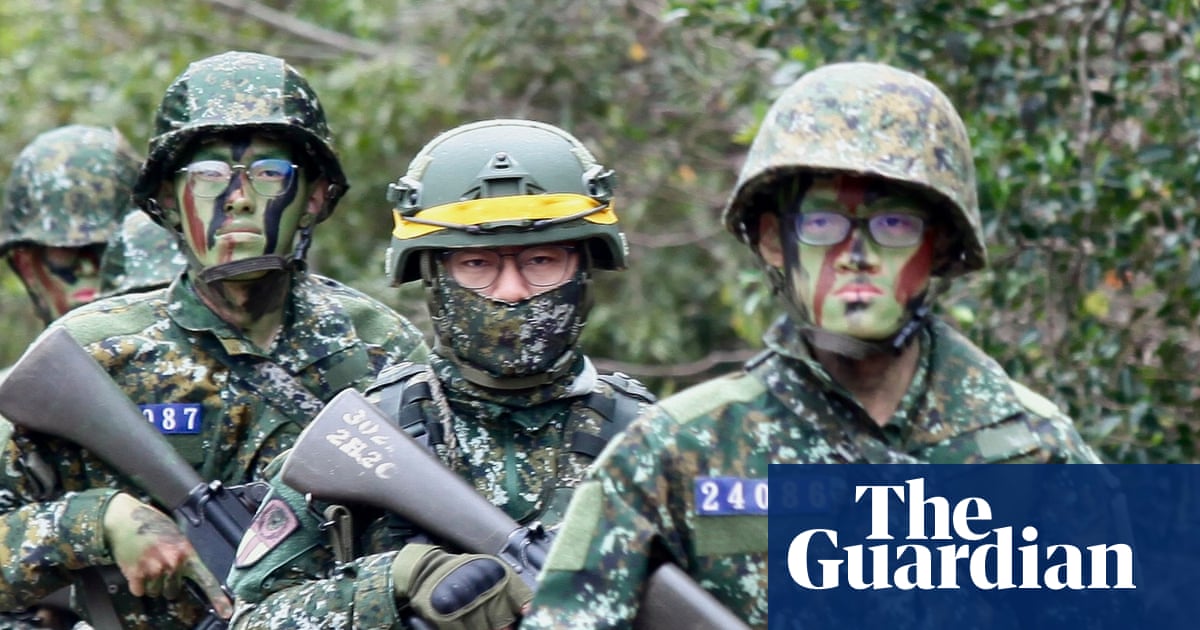An investigation revealed that Gaza-based militant group Hamas was able to launch the attack on October 7, 2023, because the Israeli military grossly underestimated Hamas’ capabilities.
“We did not even imagine such a scenario,” a military official told journalists Thursday as the Israeli army released a summary of the internal probe.
“The Israel Defense Forces failed to protect Israeli citizens. The Gaza Division was overrun in the early hours of the war, as terrorists took control and carried out massacres in the communities and roads in the area,” the military said.
The findings, which were in line with past conclusions reached by officials and analysts, could push Prime Minister Benjamin Netanyahu to launch a broader investigation into the political decision-making leading up to the Hamas assault that resulted in the deaths of some 1,200 people and saw another 251 taken hostage.
Despite public pressure, including from the families of those killed and taken hostage, Netanyahu has so far refused to establish a commission of inquiry.
The tenuous first stage of a ceasefire between Israel and Hamas called for the release of 33 hostages in exchange for the release of over 1,000 Palestinians held in Israeli prisons. Egypt, a mediator in the ceasefire negotiations, said talks between Israel and Hamas began Thursday on the second stage of the agreement, which should ultimately lead to a permanent end to the conflict.
What were the main findings?
A key Israeli misconception was that Hamas, which took control of Gaza from the Palestinian Authority in 2007, did not want war, according to the inquiry.
This belief led decision-makers to avoid actions that might have prevented the assault.
The official said intelligence shows that Yahya Sinwar, Hamas leader and widely thought to be the mastermind of the 2023 attack, who was killed last October, had begun planning it as early as 2017.
Israeli military planners had anticipated that Hamas might launch a ground invasion from up to eight border points, but the group had over 60 attack routes.
The official also said that in the hours leading up to the attack, there were warning signs, including when Hamas fighters activated Israeli SIM cards.
On a holiday weekend, Hamas launched a wave of rockets, followed by thousands of fighters who broke through or used hang gliders to fly over security fences. Hamas militants knocked out surveillance cameras, overpowered hundreds of soldiers stationed along the border and faced little resistance for hours.
Israel, along with the United States, Germany and several other countries, designates Hamas a terrorist organization.
Who is taking responsibility for the security lapses?
“The responsibility is mine. I was the commander of the army on October 7, and I also bear the full responsibility for all of you,” Israel’s top general, Lt. Gen. Herzi Halevi, said in a video statement released by the military.
Ahead of the release of the findings, some high-ranking officers, including Halevi, submitted their resignations. Halevi will step down next week.
Many Israelis believe the intelligence failures to anticipate the attack go beyond the military. They blame the Netanyahu government for a failed policy of deterrence and containment in the years before the attack.
That approach included sidelining the Palestinian Authority, Hamas’ political rival.
Netanyahu has not taken responsibility. The prime minister stated that he would only address tough questions after the end of this conflict, which has been paused for nearly six weeks under a fragile ceasefire deal.
Edited by: Sean M. Sinico
Article by:Source:














